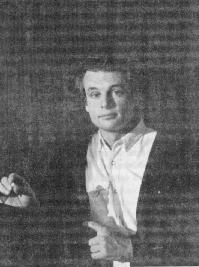
Utrecht Institute of Linguistics OTS
Trans 10
3512 JK Utrecht
The Netherlands
Michael.Moortgat@let.uu.nl
Natural languages, in their individual ways, exploit patterns of grammatical form to convey the assembly of meaning. A central goal for linguistics is to find out in what respects languages are alike in this, and in what respects they can differ: in other words, to identify invariants in the composition of grammatical form and meaning, and to delineate the space for variation, allowing for the realization of the same meaning assembly through different structural patterns. Lambek's categorial framework addresses the first of these questions: it provides a vocabulary of type-logical constants together with a proof-theoretic modeling of `grammatical computation'. But the original Lambek framework offers no tools for the analysis of structural variation: the structural properties of the constants are hard-wired. In this contribution, we explore two enhancements of the categorial architecture that bring the interplay between uniformity and variation into focus. First, we move from the one-dimensional world of Lambek calculus to a multimodal setting, where different composition operations live together and interact. The various modes of composition share the same base logic, but they can differ in their structural properties. Second, we introduce logical constants to control structural reasoning, thus replacing global structural regimes by lexically anchored local fine-tuning.
Dvi-file
PS-File
PDF-File
Bibtex Entry
